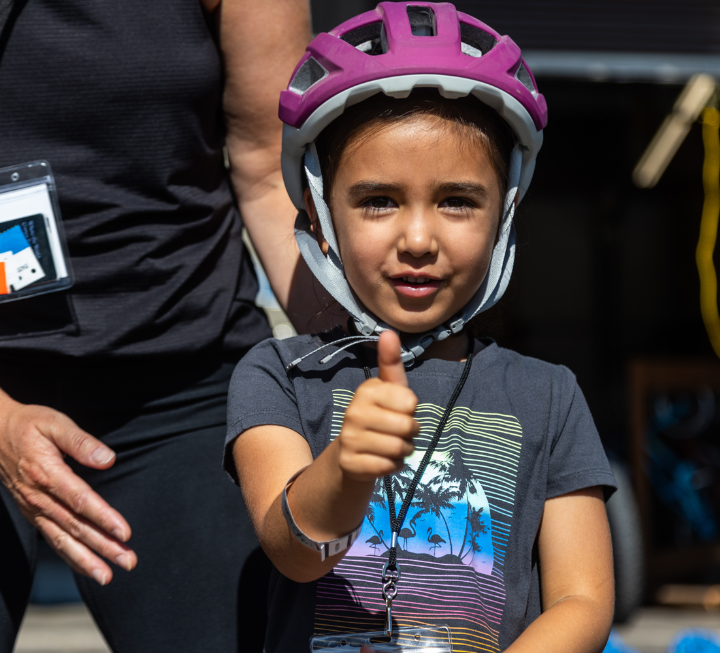Hemiparesis
Because the surgery removes or disconnects the upper motor neurons from one side of the brain that are responsible for approximately 90% of intentional movement on the opposite side of the body, the child is left with hemiparesis – a severe weakness – of the opposite side of the body. Existing connections to the motor neurons of the remaining part of the brain, however, make it possible for the child to recover some movement, including the ability to walk and use the affected hand as an assist or for some bimanual activities. Although fine motor of the hand will be severely impaired, the child should be able to move the affected shoulder and upper arm. Some finger movement, especially closing of the hands, can occur with therapy.
Children with hemiparesis often have difficulty maintaining balance due to weakness. Performing daily living tasks such as dressing, eating, grabbing objects, or using the bathroom can be difficult.
Coordination
Some children may have poor motor coordination, which often manifests as clumsiness and a general unawareness of the space their bodies occupy.
Fine motor function
As discussed above, hemispherectomy has a profound effect on the child’s ability to use the hand opposite the removed hemisphere. Isolating finger movement, turning the hand over (palm up), and holding the wrist at a proper angle is severely impaired, as is grasping and releasing objects. Some children after hemispherectomy do better switching to one-handed typing or dictation if the struggle of handwriting becomes too daunting.
Additionally, fine motor control in the otherwise unaffected hand can be impaired its connections to the affected hemisphere have been cut. This can cause poor handwriting or other fine motor challenges in the otherwise unaffected hand.
Frequent physical or occupational therapy is required to help develop these skills. Such therapy is most effective when it is initiated at an early age and may be needed throughout the educational experience.
Bimanual tasks should be encouraged in therapy sessions. These include activities that require using the affected hand as a stabilizer, an active/passive assist, or manipulator. Card games, arts and crafts, and other activities can be incorporated into therapy sessions to develop bimanual tasks.


